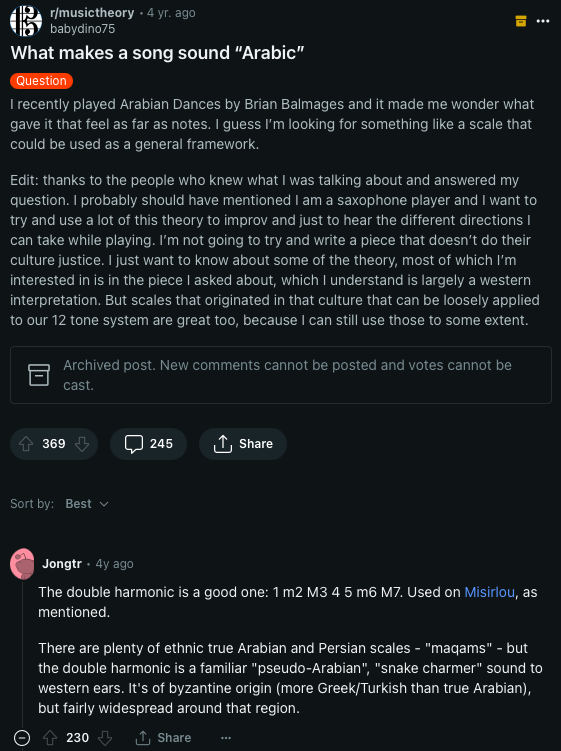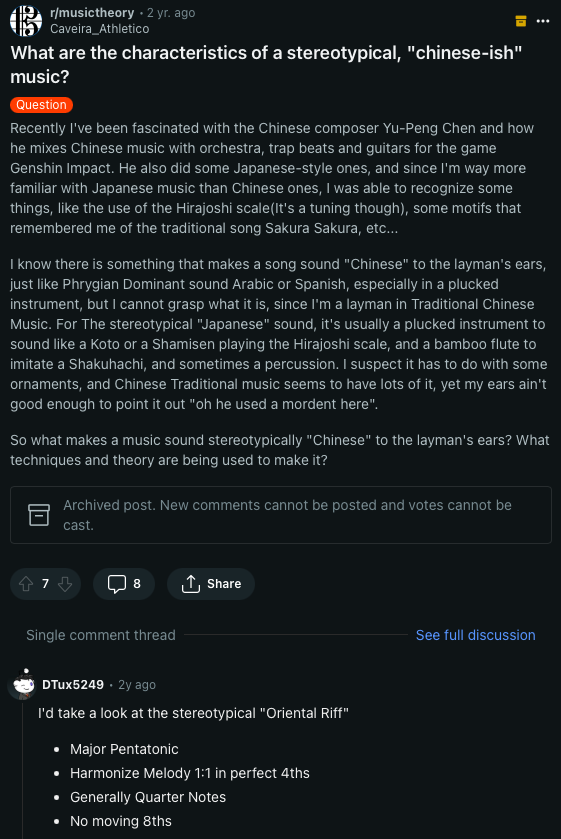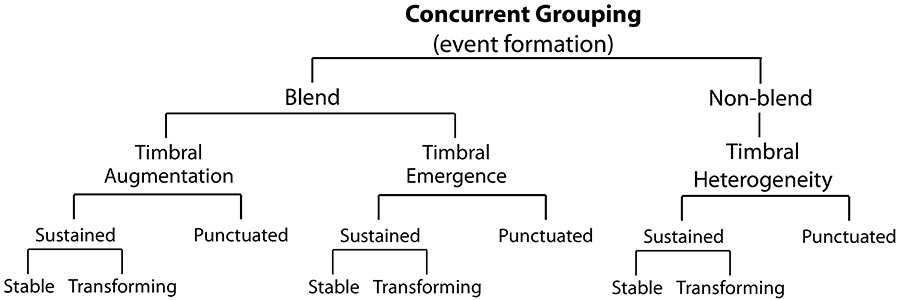Layers of Meaning:
Teaching Instrumentation and Texture
Megan Lavengood
Texas Society for Music Theory, February 23, 2024
Bibliography
- Music theory as an area of research has become much more broad and inclusive.
- But it’s difficult to reflect this in the classroom without resources.
Common critiques of theory and aural skills
- Theory classes should discuss more than just classical music.
- Theory classes spend too much time on form and (especially) pitch.
- Theory classes alienate our students, and function as weeder classes that are gatekeeping certain people from studying music in an academic setting, to the detriment of our departments and our field.
Motivations
- Practical concerns about enrollment dips and budget
- Ethical concerns about imperialism and exclusion
Dylan Robinson
Hungry Listening:
Resonant Theory for Indigenous Sound Studies
2020
What can we do?
- Appropriately circumscribe our work and recognize our positionality
- Learn how to look at music in new and more holistic ways


Talk outline
- Define timbre’s multifaceted nature
- Suggest how different facets of timbre analysis would fit into different parts of an undergraduate music major curriculum
- Offer practical resources for incorporating timbre study into your own curricula, based on my own experience and expertise
Five “Conceptions” of timbre
- Timbre as sound-source identification
- Acoustics of timbre
- Perceived timbre
- Timbre semantics
- Polyphonic timbre
Perceived timbre
- Music perception and cognition
- Cultural musicology
Acoustics
- Physical, "objective" facts about sound signals
- The impact of materials, spaces, etc. on timbre
Sound-source identification
- Great for fundamentals and aural skills; important basis for later work too
- Activity: identifying instruments by ear, with increasing precision and nuance
Semantics
- Great for written theory classes
- Theory already spends a lot of time establishing vocabulary; this is a natural fit
Polyphonic Timbre
- Analysis of texture: more than just “monophonic, polyphonic, homophonic”
- Auditory stream analysis (ASA)
Textbooks and readings
Traditional textbooks don’t help much:
- One (or one-half) chapter on texture/timbre
- Benward/Saker
(“Texture and textural reduction”) - Laitz
(“Triads, Seventh Chords, and Texture”) - Roig-Francoli
(“The Rudiments of Harmony II: Labeling Chords. Musical Texture.”)
- Benward/Saker
- No chapters on texture/timbre
- Clendinning/Marvin
- Aldwell/Schachter
- Burstein/Straus
- Kostka/Payne/Almèn
But Open Educational Resources (OER) do!
Textbooks and readings
Textbooks and readings
Textbooks and readings
Textbooks and readings
Megan Lavengood, chapter on texture in pop music
(Chapters on auditory scene analysis and timbre vocabulary coming soon)
Activities and Assessments
- Music theory loves visuals: annotated scores, form charts, musical geometries, dot grids/coffee-bean grids
- How to visually represent and assess timbre analyses?
Polyphonic Timbre: Functional Layers
- Layer graphs show entrance and exit of different layers of a musical work
- E.g.: Butler (2006, background), Dolan (2013), Lavengood (2021)
- Probably created with Excel or programming toolkits for data science
Polyphonic Timbre: Functional Layers
- Assignment: Identifying textural layers. Asks students to access “Going Somewhere” by Akaban on splitter.fm and assign each of the song‘s stems to a functional layer.
- Assignment: Visualizing texture analysis.
Asks students to use Auralayer to map out the instrumentation and texture of “bad guy” by Billie Eilish (2019).
Polyphonic Timbre: Auditory Scene Analysis


Polyphonic Timbre: Auditory Scene Analysis
Assignment: Auditory scene analysis. Ask students to analyze a few passages from an orchestral work, annotate the score, and apply terminology from McAdams et al. 2022. For example:
- Annotate the score to show all streams, color-coding to show which instruments integrate into a single stream.
- For a given integrated stream, indicate what type of blend is occuring: timbral augmentation, timbral emergence, or timbral heterogeneity.
- Find an example of auditory streams being integrated in a surface texture.
- Find one example for three out of the five possible timbral contrasts.
Timbre Semantics
- Assignment: Use aural analysis to apply terminology to provided sound samples. Possible sound samples: single orchestral instruments, synthesized sounds, unpitched percussion, famous vocalists, distorted guitar…
- Class discussion or free response question on how identity/background may have influenced analysis.
What if it was normal for the theory curriculum to look this way?
thanks
↓ bibliography again ↓
